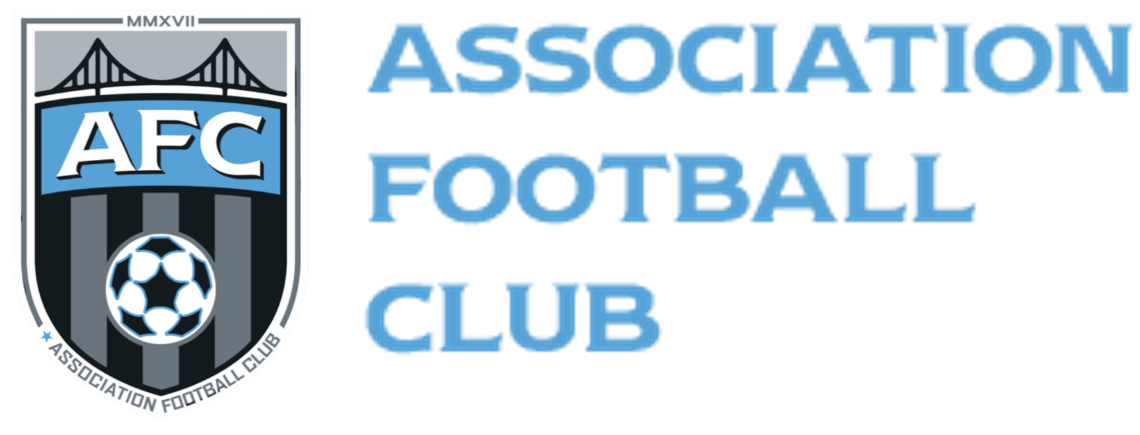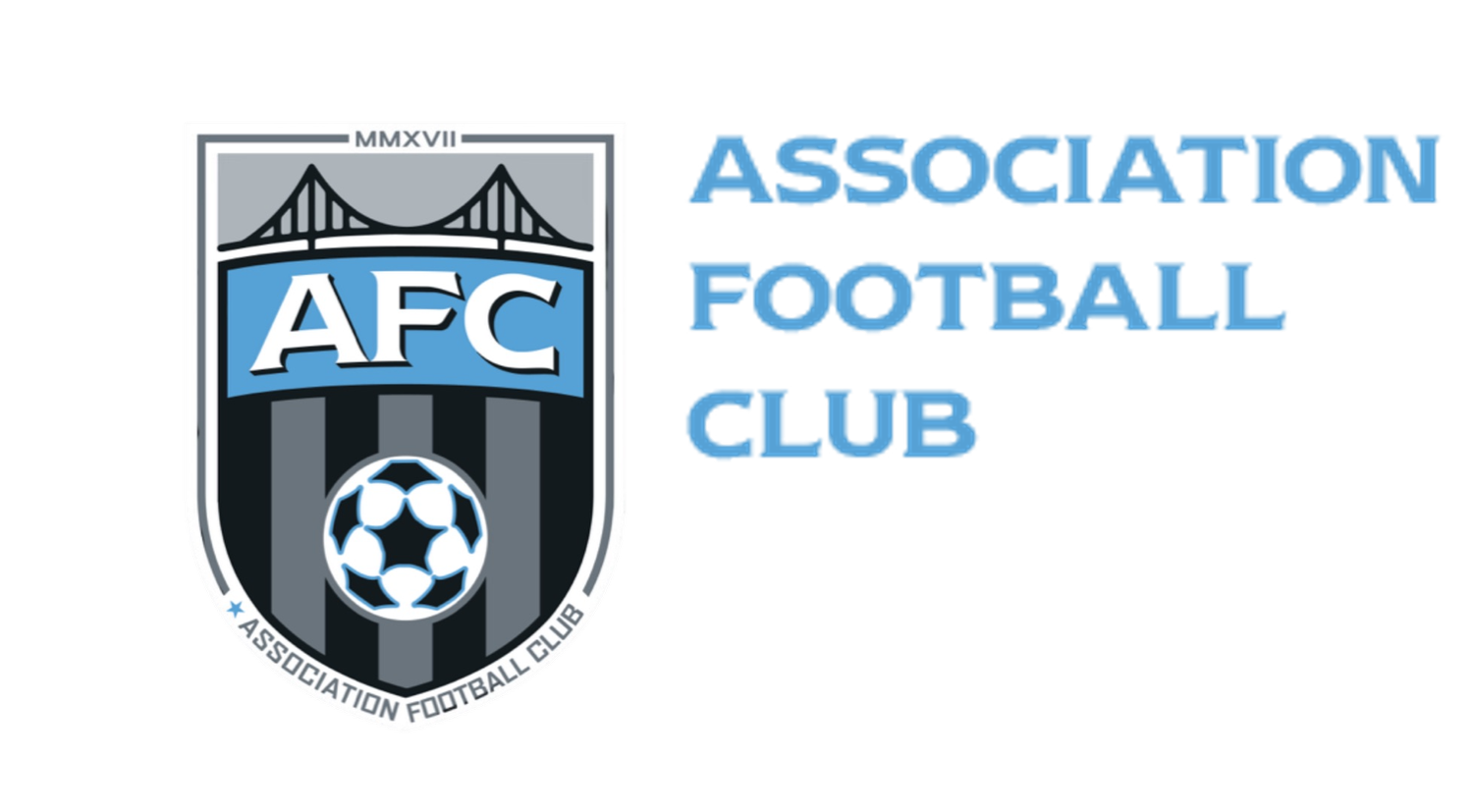
Collegiate Associations
National Collegiate Athletic Association (NCAA)
National Association of Intercollegiate Athletics (NAIA)
National Junior College Athletic Association (NJCAA)
National Collegiate Athletic Association (NCAA)
NCAA Guidelines
Students that plan to compete in athletics at the college level must meet certain eligibility requirements set forth by the NCAA. Students who have not met the NCAA eligibility requirements will not be allowed to participate in college athletics.
We have including the following link to assist you in this process. For information go to:
https://web1.ncaa.org/eligibilitycenter/common
NCAA Initial Eligibility Clearinghouse
Students who plan to compete in athletics at the Division I or Division II college level must complete the NCAA Clearinghouse form in order to be eligible. Division III does not use the eligibility Center. There is a $30 registration fee. To pay online you will need to use a credit card. The steps for registering on line are as follows:
Go to the NCAA Clearinghouse web site at http://www.ncaaclearinghouse.net
Once there, click on PROSPECTIVE STUDENT-ATHLETE
Once on the Welcome to student information page, click on DOMESTIC STUDENT RELEASE FORM
Once on the Student release form (U.S.) page, complete this page accurately
Print an extra copy of your student release form for your counselor.
You will still need to notify your counselor that you registered on line so that your transcript will be sent to the NCAA Clearinghouse.
What are the divisions of the NCAA?
Division I
Division I member institutions have to sponsor at least seven sports for men and seven for women (or six for men and eight for women) with two team sports for each gender. Each playing season has to be represented by each gender as well. There are contest and participant minimums for each sport, as well as scheduling criteria. For sports other than football and basketball, Division I schools must play 100 percent of the minimum number of contests against Division I opponents -- anything over the minimum number of games has to be 50 percent Division I. Division I schools must meet minimum financial aid awards for their athletics program, and there are maximum financial aid awards for each sport that a Division I school cannot exceed.
Division II
Division II institutions have to sponsor at least five sports for men and five for women, (or four for men and six for women), with two team sports for each gender, and each playing season represented by each gender. There are contest and participant minimums for each sport, as well as scheduling criteria. For sports other than football and basketball there are no scheduling requirements. There are not attendance requirements for football, or arena game requirements for basketball. There are maximum financial aid awards for each sport that a Division II school must not exceed. Division II teams usually feature a number of local or in-state student-athletes. Many
Division II student/athletes pay for school through a combination of scholarship money, grants, student loans and employment earnings. Division II athletics programs are financed in the institution’s budget like other academic departments on campus. Traditional rivalries with regional institutions dominate schedules of many Division II athletics programs.
Division III
Division III institutions have to sponsor at least five sports for men and five for women, with two team sports for each gender, and each playing season represented by each gender. There are minimum contest and participant minimums for each sport. Division III athletics features student/athletes who receive no financial aid related to their athletic ability and athletic departments are staffed and funded like any other department in the university. Division III athletics departments place special importance on the impact of athletics on the participants rather than on the spectators. The student-athlete’s experience is of paramount concern. Division III athletics encourages participation by maximizing the number and variety of athletics opportunities available to students, placing primary emphasis on regional in-season and conference competition.
National Association of Intercollegiate Athletics (NAIA)
What is the NAIA?
The National Association of Intercollegiate Athletics (NAIA) has different eligibility requirements for student-athletes. To be eligible to participate in intercollegiate athletics as an incoming freshman, two of the following three requirements must be met:
Have a 2.0 (C) or higher cumulative final grade point average in high school.
Have a composite score of 18 or higher on the ACT Assessment or an 860 total score or higher on the SAT I on a single test administered on a national test date.
Have a top-half final class rank in his or her high school graduating class.
Student-athletes must also have on file at the college an official ACT Assessment or SAT I score report from the appropriate national testing center. Results reported on the student’s high school transcript are not acceptable. Students must request that their test scores be forwarded to the college’s admission office. If you have additional questions about NAIA eligibility, contact them at: NAIA, 23500 W. 105 Street, P.O. Box 1325, Olathe, Kansas 66051-1325 or by phone at 413-971-0044 or on-line at: http://www.naia.org
National Junior College Athletic Association (NJCAA)
What is the NJCAA?
The National Junior College Athletic Association (NJCAA) is the governing body of intercollegiate athletics for two-year colleges. As such, its programs are designed to meet the unique needs of a diverse group of student-athletes who come from both traditional and nontraditional backgrounds and whose purpose in selecting a junior college may be as varied as their experiences before attending college. http://www.njcaa.org

